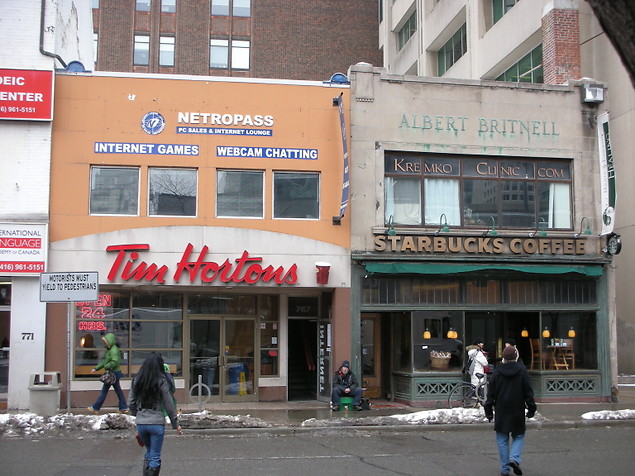As is the case with any large project, and a group one at that, I met the Marketing Plan assignment with apprehension. I suppose it was a mix of the unknown future group dynamics as well as the incoming workload that I foresaw, and I won’t lie, it hasn’t been just one time within the past couple of years that I found myself finishing a group project with no value attained from the entire lengthy process.
However, I was very fortunate in two ways.
First, immediately upon meeting my group I knew that we would end up working well together. Maybe it was because of some particular bad experiences that a few of us had had with other group members lately, but we entered this project with an open mind, a flexible attitude, and an overall enthusiasm for building relationships through the work that we did. It’s definitely a mindset that I will do my best to spread within future team activities.
Second, I was fortunate because this project legitimately showed me the link between the material that was taught in class and that which is applied to the real world. As Tamar mentioned during the beginning of the semester, a marketing plan is exactly what is done by Marketing professionals in the work force. Although background research was something that we all first groaned at, it ended up being an engaging task once our group got into the groove of things, some of which was due to the course material, and the rest of which was due to our attitude and our decision from the beginning to not make this project purely work, but something that would pique our interest and lead to a fun experience.
That leads me to the last thing that I took away from this marketing plan assignment — which is that a little bit of extra creativity can lead to a very memorable project. As we chose a women’s lingerie company (with a group of 2 guys) and chose a talk-show theme for our video, we learned that alongside the learning and the team-building, a lot of good times can be shared amongst a group of peers working together.









